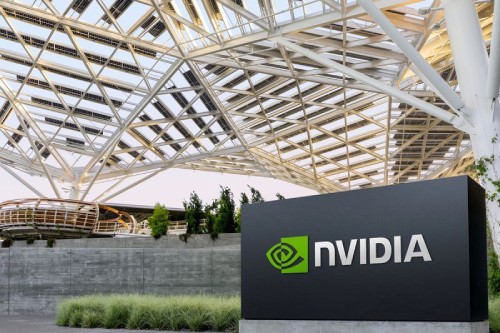Today, NVIDIA unveiled a 6G research platform that gives academics a cutting-edge method to create the next wave of wireless technology.
The open, adaptable, and linked NVIDIA 6G Research Cloud platform provides researchers with a full suite of tools to enhance artificial intelligence (AI) for radio access network (RAN) technology. With the help of this platform, businesses can expedite the development of 6G technologies, which will link trillions of devices to cloud infrastructures and create the groundwork for a hyperintelligent world augmented by driverless cars, smart spaces, a plethora of immersive education experiences, extended reality, and cooperative robots.
Its early adopters and ecosystem partners include Ansys, Arm, ETH Zurich, Fujitsu, Keysight, Nokia, Northeastern University, Rohde & Schwarz, Samsung, SoftBank Corp., and Viavi.
According to NVIDIA senior vice president of telecom Ronnie Vasishta, “the massive increase in connected devices and host of new applications in 6G will require a vast leap in wireless spectral efficiency in radio communications.” “The application of AI, a software-defined, full-RAN reference stack, and next-generation digital twin technology will be critical to accomplishing this.”
There are three core components to the NVIDIA 6G Research Cloud platform:
The 6G NVIDIA Aerial Omniverse Digital Twin: Physically realistic simulations of entire 6G systems, from a single tower to a city, are made possible by this reference application and developer sample. Realistic terrain and object properties are combined with software-defined radio access networks (RANs) and simulators for user equipment. Researchers will be able to simulate, develop base-station algorithms based on site-specific data, and train models in real time to increase transmission efficiency by using the Omniverse Aerial Digital Twin.
NVIDIA Aerial CUDA-Accelerated RAN: A software-defined, full-RAN stack that provides researchers with a great deal of flexibility in terms of real-time customization, programming, and testing of 6G networks.
NVIDIA Sionna Neural Radio Framework: This framework uses NVIDIA GPUs to generate and capture data, train AI and machine learning models at scale, and integrates seamlessly with well-known frameworks like PyTorch and TensorFlow. NVIDIA Sionna, the top link-level research tool for wireless simulations based on AI/ML, is also included in this.
The 6G development research cloud platform’s components can all be used by top researchers in the field to further their work.
Charlie Zang, senior vice president of Samsung Research America, stated that the future convergence of 6G and AI holds the potential to create a technological landscape that is revolutionary. As a result, “an era of unmatched innovation and connectivity will usher in,” redefining our interactions with the digital world through seamless connectivity and intelligent systems.
In order to develop the next generation of wireless technology, simulation and testing will be crucial. Prominent vendors in this domain are collaborating with NVIDIA to address the novel demands of artificial intelligence utilizing 6G.
According to Shawn Carpenter, program director of Ansys’ 5G/6G and space division, “Ansys is committed to advancing the mission of the 6G Research Cloud by seamlessly integrating the cutting-edge Ansys Perceive EM solver into the Omniverse ecosystem.” “Digital twin creation for 6G systems is revolutionized by perceive EM.” Without a doubt, the combination of Ansys and NVIDIA technologies will open the door for 6G communication systems with AI capabilities.
According to Keysight Communications Solutions Group president and general manager Kailash Narayanan, “access to wireless-specific design tools is limited yet needed to build robust AI.” “Keysight is excited to contribute its expertise in wireless networks to support the next wave of innovation in 6G communications networks.”
Telcos can now fully utilize 6G and prepare for the next wave of wireless technology thanks to the NVIDIA 6G Research Cloud platform, which combines these potent foundational tools. Registering for the NVIDIA 6G Developer Program gives researchers access to the platform.


 Technology4 weeks ago
Technology4 weeks ago
 Science4 weeks ago
Science4 weeks ago
 Business4 weeks ago
Business4 weeks ago
 Business4 weeks ago
Business4 weeks ago
 Business4 weeks ago
Business4 weeks ago
 Business3 weeks ago
Business3 weeks ago
 Uncategorized4 weeks ago
Uncategorized4 weeks ago
 Technology3 weeks ago
Technology3 weeks ago














